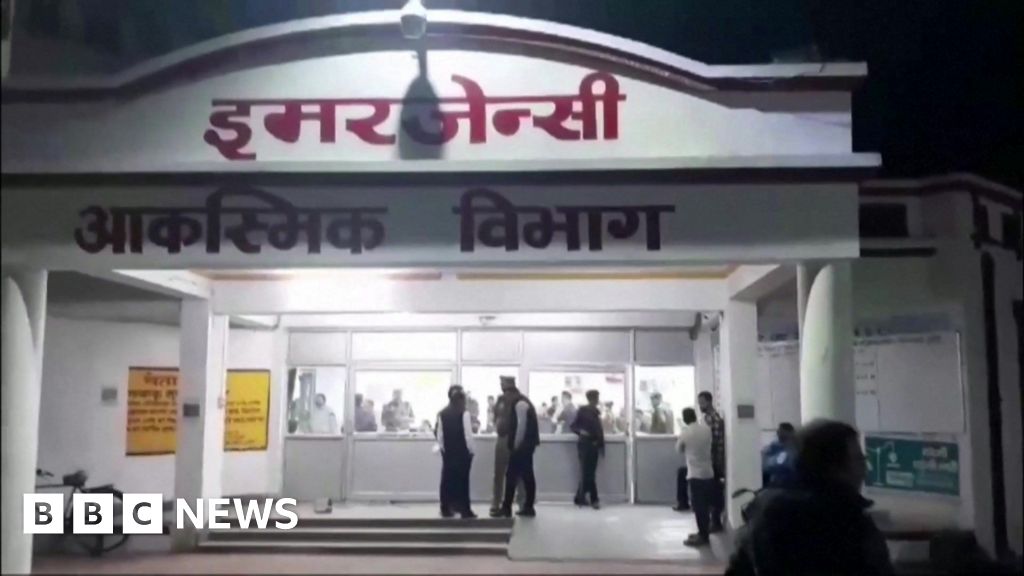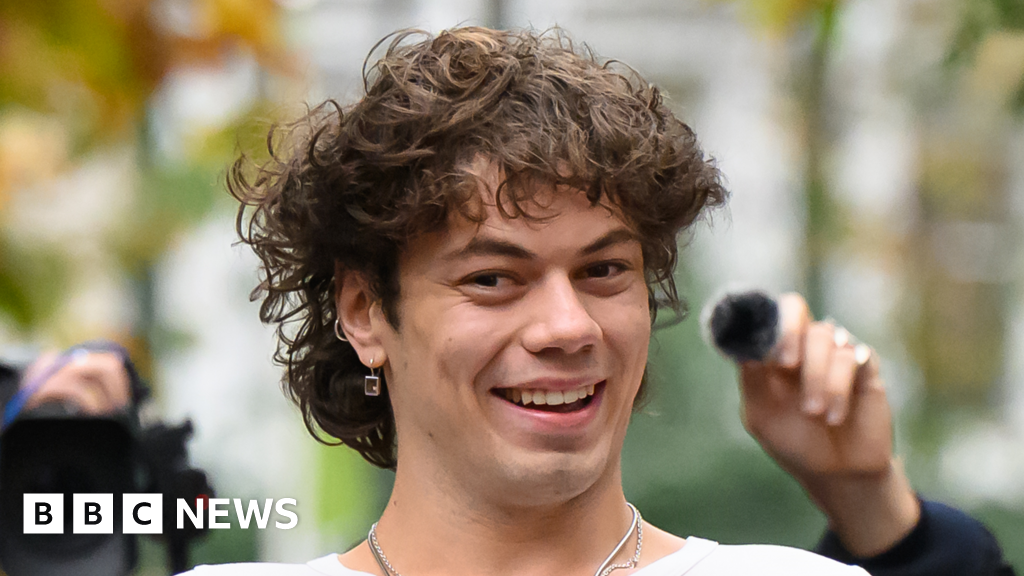ARTICLE AD BOX
Image source, Getty Images
Image caption,As of January 2018, just 3% of Indians had a "love marriage"
What do Indians think of love and marriage? Journalist Rukmini S draws on data to piece together a picture of the socio-political realities that underpin marriage and companionship in the country.
When 22-year-old Nitin Kamble gets on an overnight bus twice a month from Mumbai, where he works, to a village in Maharashtra state where his family lives, he imagines himself packing two bags: one to take on the trip, and the other filled with all the parts of himself he cannot take along, stowed under the bed in his shared one-room tenement.
Along with the fact that he eats meat now and drinks an occasional beer, the bag that he imagines leaving behind in Mumbai holds his deepest secret - that his girlfriend is of another caste, something he knows that his parents - and most certainly hers - will never accept.
As familiar as his story might sound, Nitin would appear to be an outlier if you look at data.
Data answers some of the biggest questions about India - how Indians make and spend their money, what work they do, how they vote, what kills them. But numbers can also fill in the minutiae of people's lives and draw a picture of what they do when they're just living it - like what they think of love.
From a wealth of data, I have been able to piece together a remarkably rich view of love in India and its many trials.
From watching Indian movies, it would seem as if no issue preoccupies young Indians more than romantic love. While that might well be true, the vast majority of Indians still have arranged marriages.
Image source, EPA
Image caption,The vast majority of Indians still have arranged marriages
In a 2018 survey of more than 160,000 households, 93% of married Indians said that theirs was an arranged marriage. Just 3% had a "love marriage" and another 2% described theirs as a "love-cum-arranged marriage", which usually indicates that the relationship was set up by the families, and then the couple agreed to get married.
There has been only very slight change over time - 94% of octogenarians had an arranged marriage, and the figure remains over 90% for young couples in their 20s.
Manisha Mondal always thought she would have a love marriage. "I was used to fighting with my parents. I fought to attend a college that was a little far away from home. I thought, okay, love marriage will be the next thing to fight about," Manisha, an office assistant in Bhilai, a small town in eastern India, told me.
But in the first few days of college, a few boys approached her to talk - and older female students took her to the bathroom for a talking to. If she spoke to boys, they warned, her reputation would get ruined.
To keep an eye on her, her older brother would drive past her college a few times a day to make sure that she was not talking to boys. College was important to Manisha; she'd rather continue to study and then work, than take a chance on love.
By her last year in college, her wedding had been fixed with the son of her father's friend from the same community. "I see my parents. They have never had a fight. So, I think it will work for me too," the 24-year-old said, showing me her crossed fingers over a WhatsApp call.
Image source, Getty Images
Image caption,There are few inter-caste or interfaith marriages in India
Marrying within your caste remains an essential feature of marriage in India. In a 2014 survey of more than 70,000 people, fewer than 10% of urban Indians said that anyone in their family had married outside their caste and not many more outside their jati or sub-caste. Interfaith marriage was even rarer - just 5% of urban respondents said that anyone in their family had married outside their religion.
Younger people in India often profess their willingness to marry outside their caste. But there is a large gap between the stated (how much people say they value something in a survey) and revealed preferences (actual decisions people make).
In 2015, researchers contacted 1,000 prospective brides through matrimonial websites and found that while half of them expressed an interest in potential partners belonging to caste groups other than their own, nearly all expressed an interest in men of their own caste.
A prospective Dalit (formerly known as untouchables) groom, however, was least likely to be contacted, despite all other variables, such as educational qualifications, salary and even skin colour, being nearly the same.
Against this conservative backdrop, any act of personal choice then becomes one of rebellion, and fraught with danger.
In 2014, I examined every judgement passed in cases involving rape in Delhi's seven district courts in 2013 - nearly 600 in all. Of the 460 cases that were fully argued before the courts, the largest category (40%) dealt with cases involving or allegedly involving consenting couples.
Image source, Getty Images
Image caption,The bogey of "love jihad" haunts interfaith relationships in India
The majority of these involved couples who appeared to have eloped, after which parents, usually of the woman, filed complaints of abduction and rape with the police. Many of them involved inter-caste or inter-religious relationships.
Young people exercising sexual agency posed such a threat to their belief structures that the "stigma" of a rape case in the family was preferable.
The situation might get worse. Over the past decade, radical Hindu groups in India have raised the bogey of "love-jihad", a term they use to accuse Muslim men of converting Hindu women by marriage.
Several states ruled by the Hindu nationalist Bharatiya Janata Party (BJP), which also rules India, have now brought in stricter sentences for men found to be "coercing" women to convert for the purpose of marriage. They have also added restrictions on consenting interfaith couples, giving a veneer of legality to the policing of love in India.
Not only is this war on lovers likely to push inter-group marriage further underground in India, it is also likely to make data on love and marriage harder to come by and less reliable.
One interfaith couple told me of the hounding they had faced from the woman's family, and chose ultimately not to get a marriage license for fear of their names being made public in the local government office.
Nitin, the young man traversing two lives, put it succinctly: "Your data shows you there's very little inter-group marriage. But it doesn't show you about love." That might be the landscape on which many of India's young are fighting heroic, but ultimately losing, battles.
Some names have been changed to protect identities
Rukmini S is the author of a new book, Whole Numbers And Half Truths: What Data Can and Cannot Tell Us About Modern India.

 2 years ago
50
2 years ago
50








 English (US)
English (US)